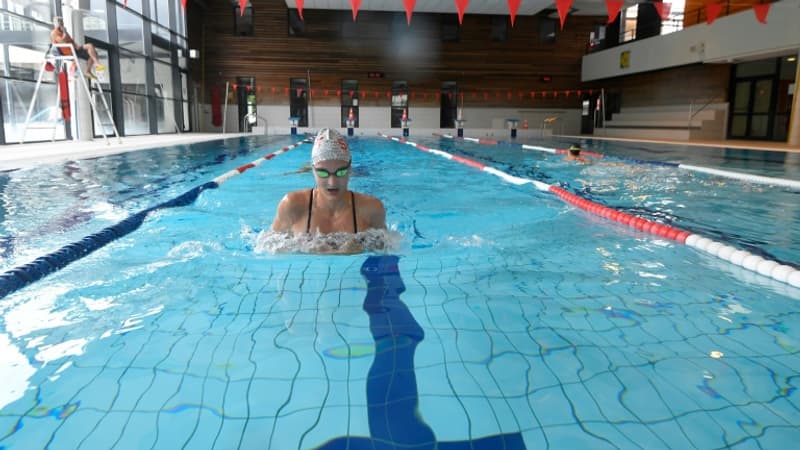This is one of the unexpected consequences of the energy crisis triggered by the war in Ukraine and the evolution of the conflict. Particularly energy-intensive, swimming pools force their managers to lower their sails to stay afloat. The Vert Marine group even decided on Monday to temporarily close 30 of the 90 swimming pools it manages in France to curb costs.
Not all of them are at this extreme, but all of France’s 4,000 public swimming pools are challenged to find alternative solutions. One hint is preferred: lower the water temperature by a few degrees. But this cooling is not minor, since it can have direct repercussions on the bather.
adjusted standards
First, it is necessary to agree on the current regulations in the aquatic centers in terms of temperatures. To tell the truth, they have a certain latitude in this chapter because the law does not set a precise threshold and the public administrations comply with the health recommendations. This is shown by this document issued by the Breton Regional Health Agency, which nevertheless gives an idea of the general framework. A frame that also adjusts according to the swimmer in question.
Therefore, the ARS Bretagne stipulates that the water that receives the swimming babies must maintain a warm temperature of 32 °C. Apart from this case, the temperature can range between 25°C and 27°C for indoor pools, and drop to 24°C outdoors.
Danger below 20°C
But what is the risk of seeing the temperature drop at other depths? According to this specialized medium, between 20°C and 25°C, the bather will only fear some discomfort and chills. Below 25°C, the body must burn more calories to try to maintain its cruising temperature.
Things get more difficult when the temperature drops below 20°C: the swimmer may experience breathing difficulties, at least during the first laps, or even cardiac arrhythmia. On the other hand, the scarecrow of hypothermia is not to be feared, in principle, before reaching 15°C.
If lowering the temperature, therefore, could not be painless, the economic interest of the initiative is indisputable. According to the Banque des Territoires, one degree less can mean a saving of 7% on the ticket.
Source: BFM TV


